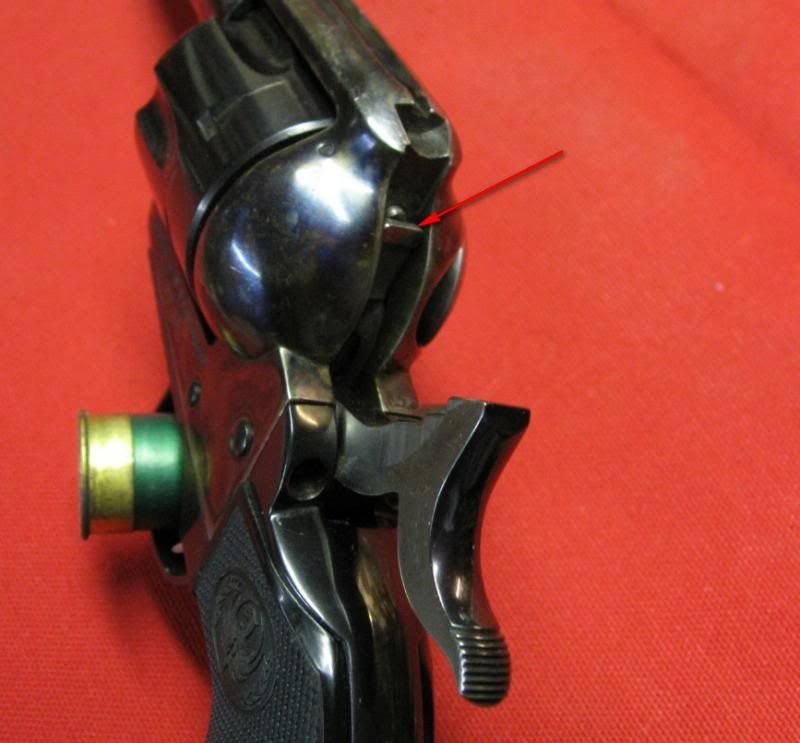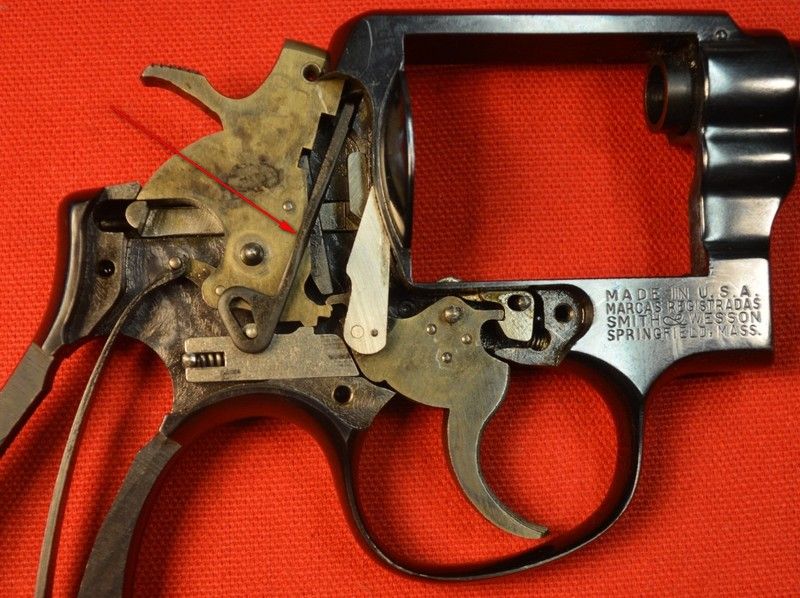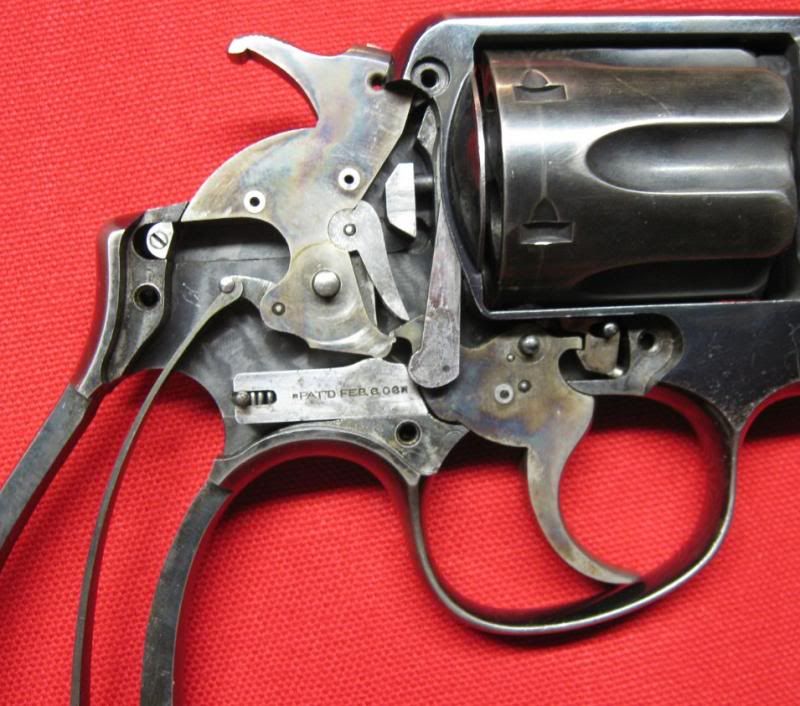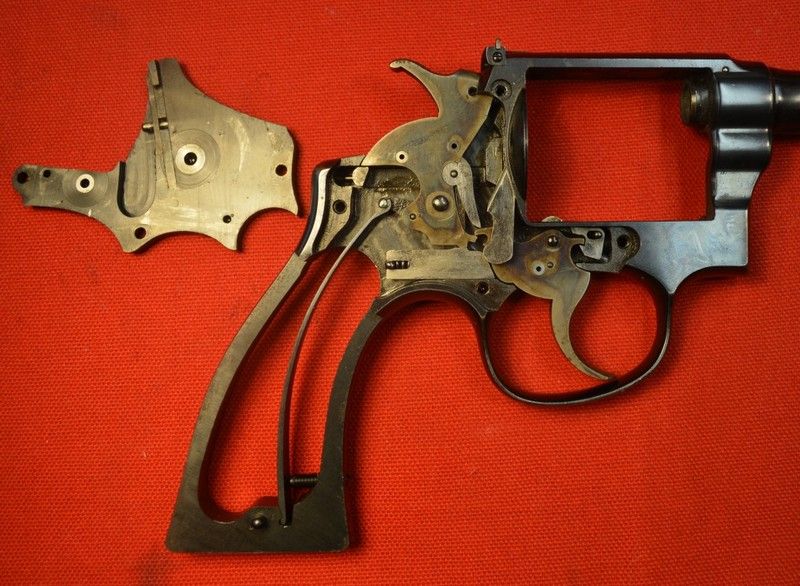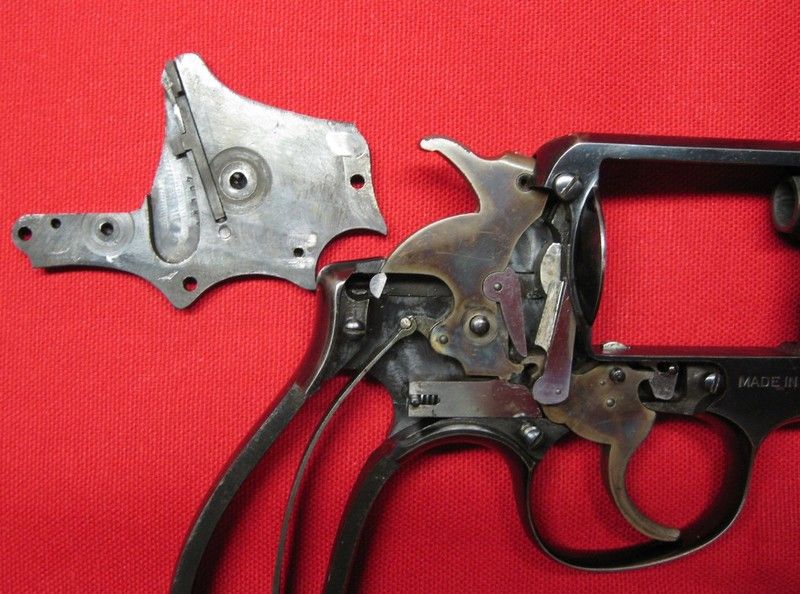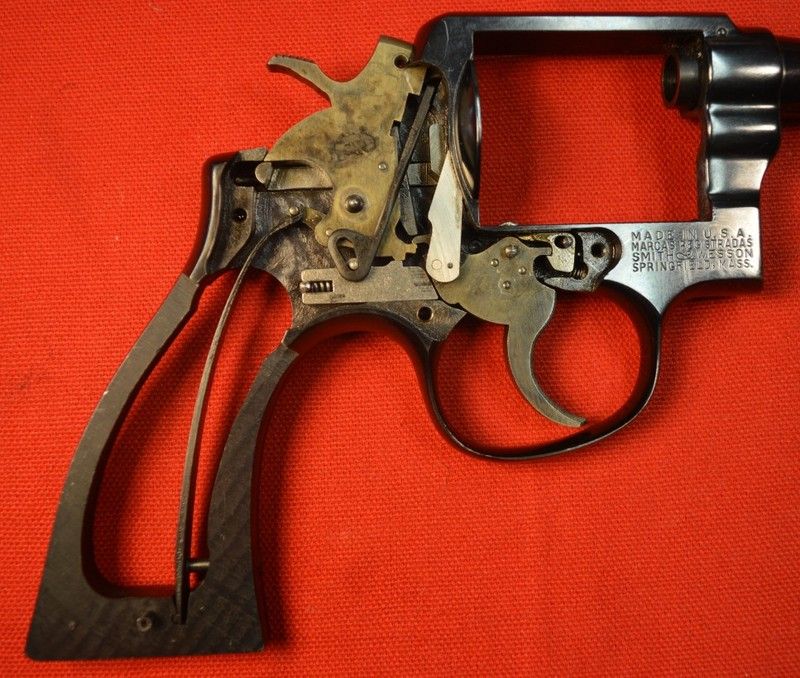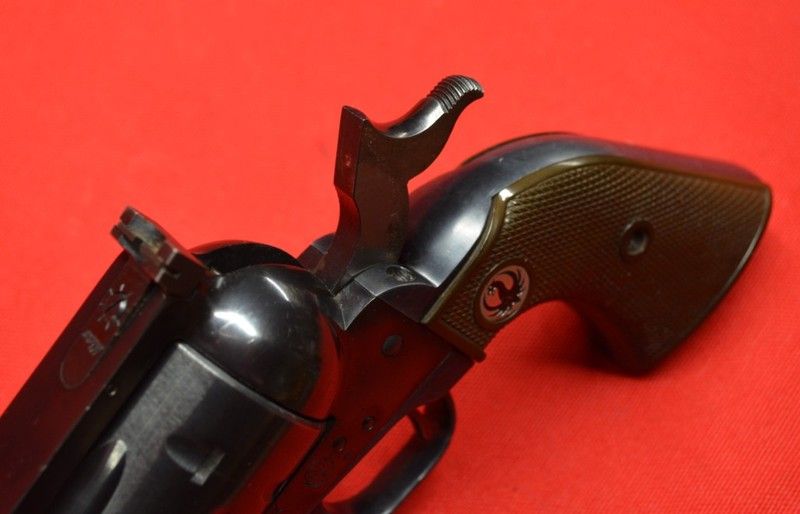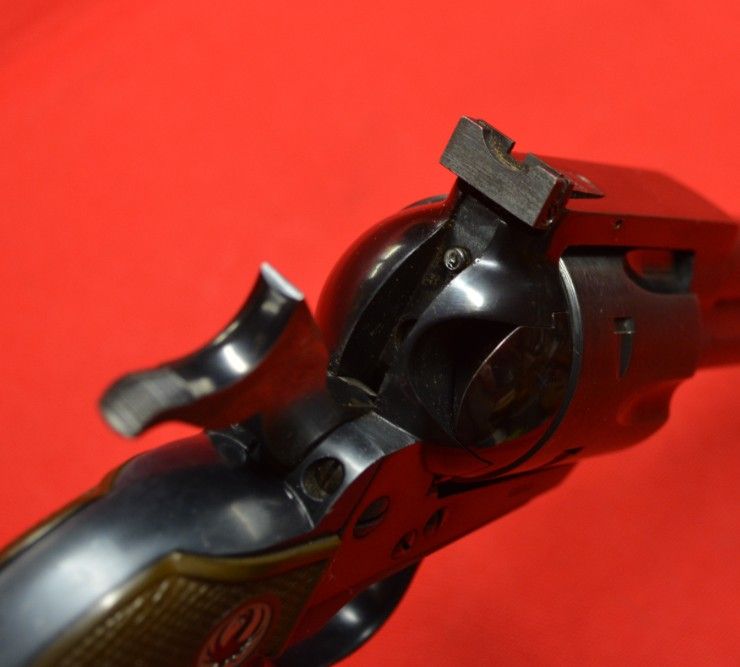Im on the hunt for a 586, I found a no dash with the hammer mounted firing pin which got me wondering. Seems the Smith went to a full transfer bar about '98? Yes? If thats is correct what "dash" series was that? Any reason for or against?
Oh the no dash, it was a worn out peice of poo that was far to expensive.
Oh the no dash, it was a worn out peice of poo that was far to expensive.

